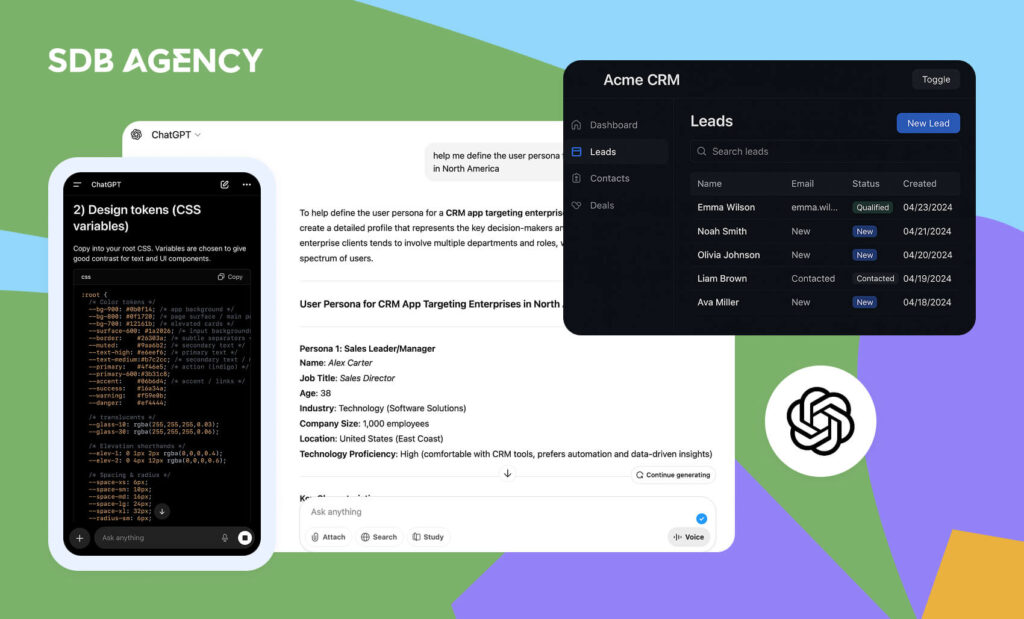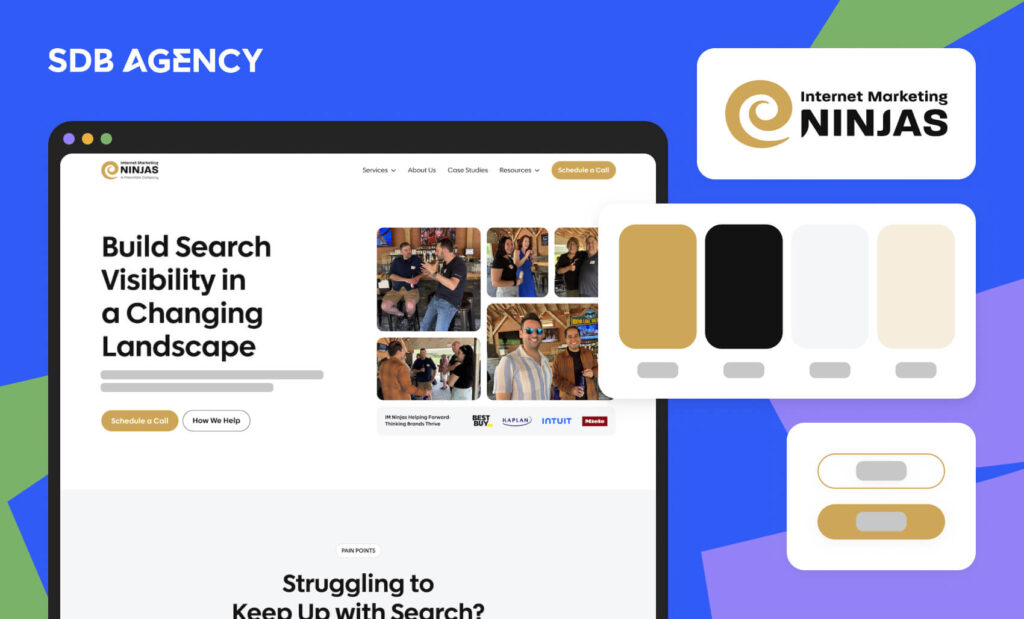The Role of User Experience in Search Optimization

Key takeaways
- User experience (UX) is important in determining search engine rankings. Search engines aim to provide the best results for search queries that prioritize user intent.
- Prioritizing UX by optimizing website speed, mobile responsiveness, and high-quality content tends to perform better in search engine rankings.
- By following the core UX design principles like mobile-friendliness, fast loading, seamless navigation, and high-quality content, you’ll fulfill user satisfaction and SEO requirements.
Have you ever visited a website and become frustrated, confused, and eager to click out and return to the search results? We’ve all experienced it; whether it’s due to slow loading times, confusing layouts, or complicated navigation systems, a poor user experience will quickly turn visitors away.
However, did you know that a subpar user experience also affects your site’s SEO as well? That’s right; SEO and user experience go hand in hand, and it’s crucial for any website owner to understand the importance of optimizing both elements.
In this article, we’ll discover why user experience is essential for successful SEO and offer you the best practices on how to optimize it. As a result, you’ll have a website that ranks well in search engines while keeping visitors engaged and coming back for more.
UX and SEO – why you need both
User experience plays a vital role in determining search engine rankings. Search engines aim to offer the best results for search queries, making user satisfaction a priority. When visitors have a positive experience on your site, they will stay longer, explore more pages, and engage with your content.
This positive experience will signal to search engines that the website offers value and relevance, leading to improved rankings. On the other hand, if visitors have a bad experience on a site, such as encountering slow load times, difficulty in navigating the site, or reading low-quality content, they’ll likely leave the site quickly, resulting in a negative signal for search engines.
Therefore, sites that prioritize UX by optimizing for factors such as website speed, mobile responsiveness, high-quality content, clear navigation, and attractive visuals tend to perform better in search engine rankings.
In summary, optimizing UX is crucial for websites that aim to improve their visibility and organic traffic through SEO.
8 main principles of UX design for SEO
User experience (UX) design is a crucial element for creating websites that not only engage users but also rank well in search engines. By following the core principles of UX design, you can optimize your SaaS website to fulfill user satisfaction as well as SEO requirements. Here are the key principles to consider:
1. Mobile-friendliness
Ensuring a mobile-friendly website is essential as more people access the Internet through their mobile devices. A responsive design is the cornerstone of mobile user experience, adopting a layout that fits various screen sizes and orientations. This enhances your website’s UX while also being favored by search engines that use mobile-first indexing, where the site’s mobile version is considered the priority for ranking purposes.
2. Fast loading
Page speed is crucial for both UX and SEO. No user wants to wait for a page to load; even a few seconds of delay can significantly increase the bounce rate. Google and other search engines focus on fast-loading sites in their rankings, which makes website speed a critical aspect of SEO. You can start by compressing images, minimizing JavaScript, and leveraging browser caching to improve your site’s load times significantly.
3. Seamless navigation
An intuitive and well-structured navigation system is vital for a positive user experience. A clear site architecture will help users find the information they need efficiently, which increases engagement and reduces frustration. This will also benefit SEO by helping search engines crawl and index the site effectively. Key elements of good navigation include a clear menu, a well-structured footer, and a consistent layout across every page.
4. High-quality content
Content is the soul of every website, and its quality directly affects both SEO and user experience. High-quality content is valuable, engaging, and relevant and must be well-structured with clear headings, subheadings, and bullet points to boost readability. Implementing relevant keywords naturally within the context will help with search engine visibility, but your main focus should always be on offering value to the user. Visual content like images, videos, and infographics will improve engagement and support SEO efforts when optimized correctly with captions and alt texts.
5. Visuals
Aesthetics greatly influence how users perceive and engage with your website. A visually appealing design will create a positive first impression and encourage visitors to stay on your site longer. Ensure your design includes a cohesive color scheme, consistent and readable fonts, and a clean layout. The key is to find that balance of visual elements and performance; bigger and heavier graphics shouldn’t compromise loading speed. Also, maintain consistent branding throughout your site to build up trust and recognition.
6. Accessibility
Ensuring that your website is usable to all visitors, including those with disabilities, is a good practice and legally required in many countries. Accessibility features like alt text for images, screen reader compatibility, and keyboard navigation will improve the UX for every user. Today, search engines also factor in accessibility as a ranking factor, rewarding sites that offer the best experience to a broader audience.
7. Engaging media and visuals
Adding engaging visuals and media elements will significantly enhance user engagement. Images, videos, and infographics will make content more scannable and attractive. However, remember to optimize these elements to maintain fast loading times. Adding descriptive alt text for images, ensuring that videos are compressed properly, and picking file formats that balance quality and performance are necessary for building an engaging website.
8. Clear call to actions (CTAs)
An effective call to action helps guide users toward a necessary action. This includes signing up for a newsletter, contacting the company, and making a purchase. Make sure you craft a clear, compelling, and strategically placed CTA by ensuring they stand out visually with engaging copy while remaining consistent with your website’s overall design. A/B testing different CTA designs and experimenting with placement can help you find the most effective approach.
Conclusion
User experience plays a big role in SEO as it directly impacts how users interact with your site and, therefore, its ranking in the search engine. Optimizing UX can improve your website’s visibility, leading to more organic traffic. To achieve this, businesses must implement various strategies, including improving page speed, creating intuitive navigation, optimizing mobile website design, and offering high-quality content.
Prioritizing UX allows websites to boost their search engine rankings and ensure a satisfying user journey, ultimately resulting in better conversions.




